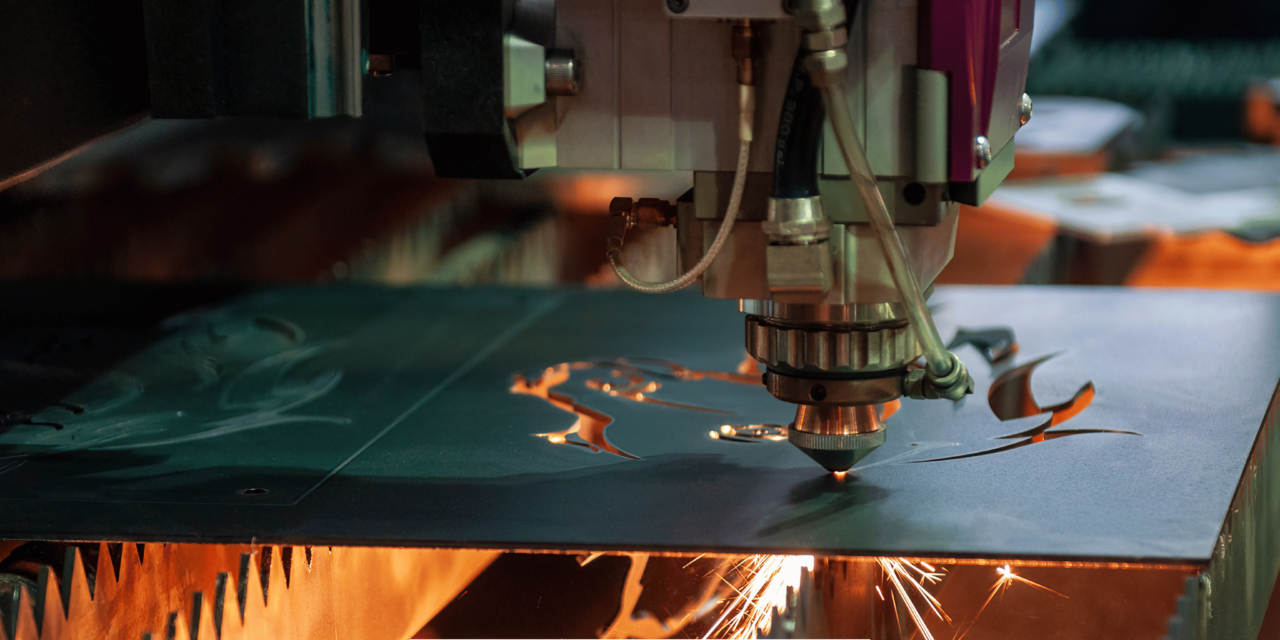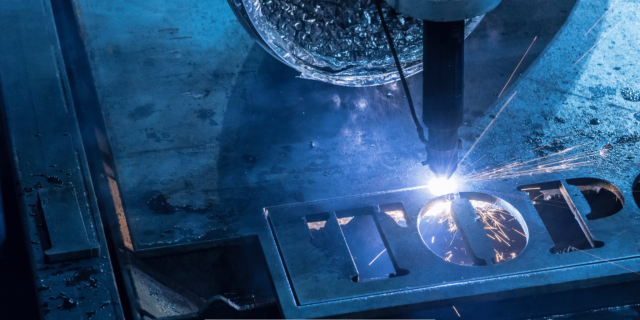Can a Fiber Laser Cut Acrylic

What is a Fiber Laser?
A fiber laser is a laser that utilizes optical fibers that are doped with rare earth elements to act as the lasing material to generate the beam of laser light.

Some key advantages of fiber lasers include:
– Good beam quality and good focusability for cutting, welding, and drilling applications
– It has the feasibility to transmit the beam over long distances with minor losses.
– Compared to other types of high-power lasers, this laser is relatively small in size.
– The pump light to laser beam conversion efficiency is very high on the pump side.
– Maintenance-free operation
Fiber lasers can be CW (continuous wave) or pulsed. They may come in powers ranging from several watts to tens of kilowatts. Their characteristics make them ideal for processing plastic materials such as acrylic.
Using a Fiber Laser to Cut Acrylic
Yes, it is possible and feasible to cut both acrylic sheets and parts using a fiber laser. The laser beam is capable of melting and vaporizing the acrylic, which is blown out of the kerf by the assist gas that leaves behind a smooth surface at the edge.
Pros of using fiber laser on acrylic:
There are several benefits to using a fiber laser for cutting acrylic:
There was no evidence of tool wearing or breaking parts during the completion of the cutting operation. It is different from conventional cutting tools such as the saw and the router bit in that it does not come into contact with the cut material. This prevents any wear-off or the possibility of tool damage, regardless of the number of pieces produced.
Fast and Precise Cuts
The cutting process of a fiber laser is faster and more precise because it has a concentrated beam that is computer-controlled, as well as a tight tolerance capacity. Cuts can be made at a rapid pace, even with shapes that may be pretty intricate.
Clean and Polished Edges
The laser melting and vaporization process ensures that the edges are smooth, shiny and polished, thus avoiding further processing. This allows the acrylic to have a very professional look right after being cut by the laser cutter.
No Mechanical Stress
Mechanical cutting applies pressure on the acrylic surface which may lead to chipping and cracking. Laser cutting does not use any physical force to cut through the edges since it melts them, reducing stress damage.
Conditions for Cutting Acrylic with a Fiber Laser
To achieve optimal cutting results on acrylic, the following fiber laser settings are recommended:
– Power: 50-120 watts
– Speed: 30-60 inches/minute
– Frequency: 5000-20000 Hz
– Assist Gas: Either compressed air or nitrogen at approximately 45 psi
Higher power typically enhances the maximum cutting thickness and speed capability. Thicker acrylic may require several passes to pass through the cutting tool and machine. Optimization of the assist gas pressure in a proper manner to match the laser power and speed will give good edges.
Acrylic Thickness Capabilities
One-hundred-watt fiber laser is capable of cutting acrylic material up to ¼ inch thickness in a single pass. It can make up to 1⁄2 inch in a single pass; however, several passes are made to achieve that thickness. Lasers with power up to a few kilowatts can cut up to 1-inch-thick acrylic, with a cutting table providing downdraft air removal of melting/burning edges.
Laser-cutting acrylic can be tricky, so here are a few tips to help you get the best results.
Follow these tips when using a fiber laser to cut acrylic:
– Introduce test cuts to acceptable tune factors before total production.
– Utilise sufficient assist gas pressure to propel the melt out of the cut.
– Clean edges with solvent to remove soot, if necessary.
– Do not cut acrylic at low temperatures, otherwise, it might crack easily.
– It may be wise to anneal the acrylic after cutting to remove stress.
When set appropriately and adhering to proper techniques in cutting acrylic, clean and accurate cuts can be made on this material.

Can Other Laser Types Cut Acrylic?
Indeed, fiber lasers are not the only laser type that can cut acrylic. CO2 lasers and Nd:YAG lasers, which also have crystals to produce visible green light, are suitable for cutting acrylics.
However, fiber lasers have benefits in beam quality, accuracy, efficiency, and service life in comparison with those other types of laser. This makes fiber lasers ideal for applications where precision and quality of the cut are paramount in acrylic material. Their capacity to convey beam through versatile fiber optic cables makes it possible to position the laser separately from the cutting system.
So to sum it up, a fiber laser is a perfect tool for cutting even thick acrylic sheet and custom parts with high quality edges and precision. After adjusting the settings and cutting parameters, fiber lasers can effectively perform acrylic marking, engraving, and cutting.
